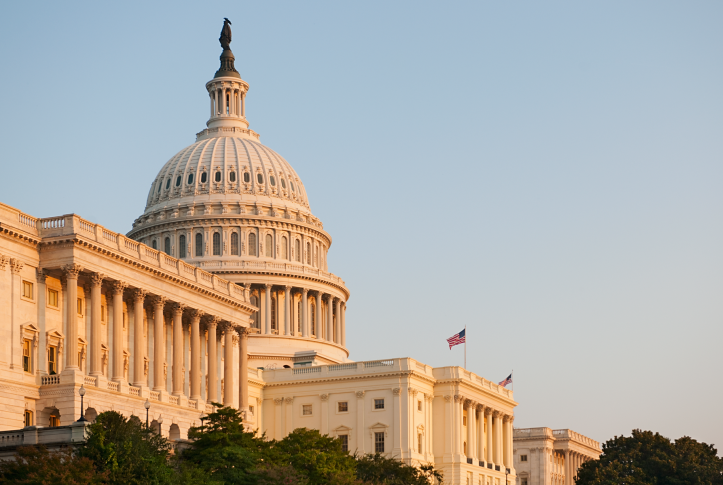The Families First Coronavirus Response Act established a crucial health care safeguard for the poorest Americans: protecting Medicaid coverage for people who otherwise would have lost it during the COVID pandemic. But after nearly three years, as part of the Consolidated Appropriations Act of 2022, Congress has set March 31, 2023, as a firm end date for continuous coverage. After that time, states will need to conduct eligibility redeterminations for tens of millions of beneficiaries before the public health emergency ends. This will require states to do in a matter of months what they previously would have been doing continuously over multiple years.
As of August 2022, preliminary federal estimates showed that Medicaid enrollment stood at more than 90.9 million people, or more than one of four Americans. The enrollment rise is partially the result of Medicaid’s singular ability to expand when people need it — without an open- or special-enrollment period, as is true with other forms of insurance. During the pandemic, need surged because of job loss, economic dislocation, and unprecedented sudden health threats. Some disenrollment would then occur naturally as people return to work and shift to marketplace coverage or workplace health plans.
But researchers assume that a good part of the explosive Medicaid enrollment growth — 19.3 million people in just over two years — is the result of people keeping their coverage under continuous enrollment rules, even though they normally would have cycled out of Medicaid as a result of narrow eligibility regulations. For example, if a woman in Texas became eligible during pregnancy, she would normally lose her Medicaid coverage two months postpartum. At that point, Texas caps eligibility for parents at 16 percent of the federal poverty level ($3,978 for a family of three annually) — a level that disqualifies almost all adults. But under the continuous enrollment rules, she remained insured because the state’s standard for pregnant people (203% of poverty, or $50,469 annually) effectively remained in place throughout the public health emergency.
The federal government estimates that, ultimately, enrollment will end for nearly 15 million people. Of this group, officials estimate that approximately 8.2 million will lose eligibility owing to income changes. Another 6.8 million will lose coverage because of administrative churning, which refers to eligibility redetermination errors, even if people remain eligible. This may happen if beneficiaries do not respond to information requests that they failed to receive, for instance. Nearly 400,000 working-age adults will lose insurance because they fall into the coverage gap — that is, they live in states that have not yet expanded Medicaid eligibility as allowed under the Affordable Care Act. Uninsured rates, which reached historic lows in 2022, likely will start climbing again, perhaps steeply.
Congress has attempted to anticipate and avert administrative churning, but it is unclear how effective these efforts will be. Once the public health emergency wind-down begins on April 1, 2023, the federal government will give states enhanced funding for nine months. But the funding enhancement is modest; it falls to 5 percentage points on April 1 from the current 6.2 percentage-point level and ultimately, to 1.5 percentage points. Congress also set certain ground rules. States must adhere to federal eligibility redetermination rules, including a streamlined renewal process that minimizes paperwork. They also must attempt to update beneficiaries’ contact information and cannot terminate coverage based on returned mail without further good-faith contact efforts. Further, states must submit extensive publicly available monthly reports on termination rates and the rate of reenrollment into the Children’s Health Insurance Program or marketplace coverage. Additionally, the law gives the Secretary of the Department of Health and Human Services unprecedented enforcement powers to order states to implement corrective action plans if they fail to follow the rules and then to bar states from continuing to terminate if they fail to follow the plans.
The law contains notable omissions and limitations. First, nothing in the law requires states to use all available community resources — for instance, managed care plans and safety-net providers like community health centers or hospitals — to bolster outreach and redetermination efforts. These organizations could assist in contacting beneficiaries and helping them navigate the process. Second, the wind-down process may encourage states to move quickly. The enhanced federal funding rate of 5 percent runs out in June 2023, well before the end of the wind-down period. This may tempt states to hasten the process and potentially elevate the risk of administrative error. Third, the law contains no special protections for beneficiaries undergoing treatment for serious physical and mental health conditions.
Ultimately, the greatest risk of coverage losses falls on low-income children and working-age adults. People who are eligible because of age or disability are less likely to experience the types of changes in circumstances that result in loss of coverage. But no beneficiaries will be safe from the wind-down’s effects and policymakers should brace for major disruptions in coverage and care.


